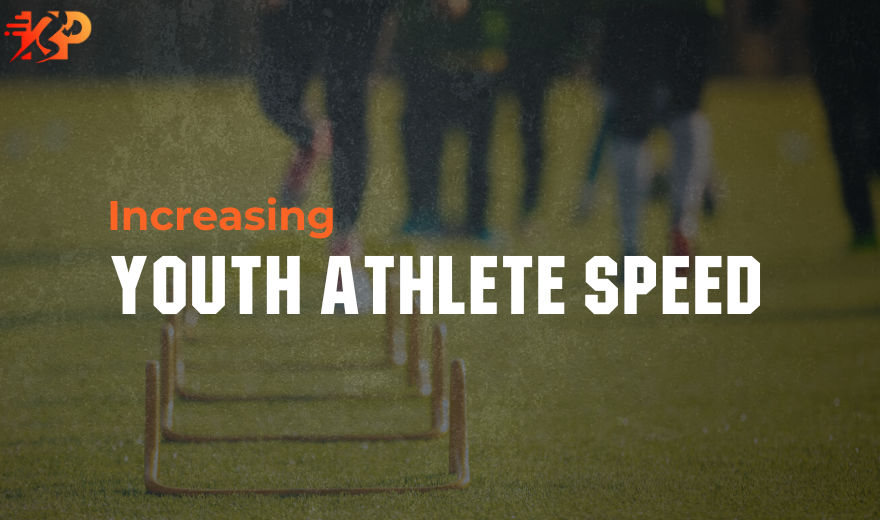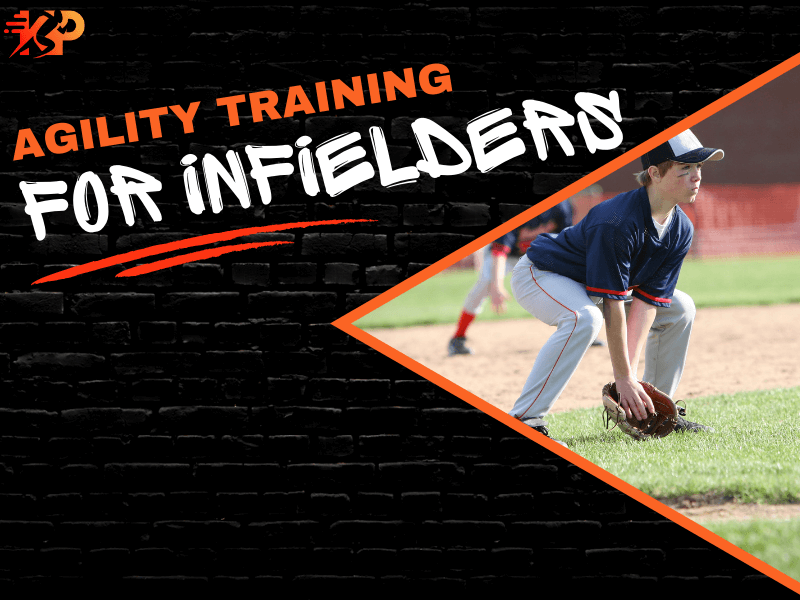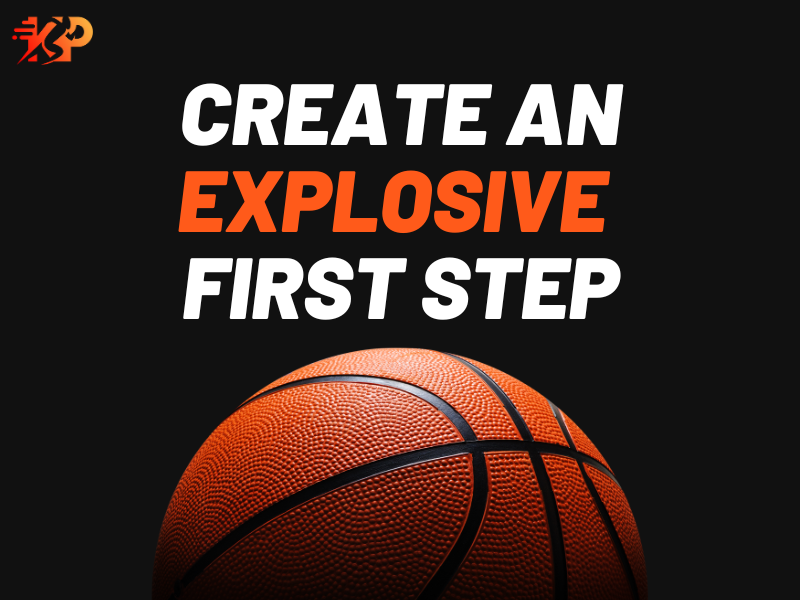Increasing Youth Athlete Speed

By Mark Keil, CSCS
Posted on July 23, 2024

By Mark Keil, CSCS
Posted on July 23, 2024

Speed is critical in every sport and can be the determining factor between who wins and who loses.
For youth athletes, developing Speed is not just about running faster. Still, it involves a comprehensive approach that includes strength training, proper technique, flexibility, nutrition, and mental preparation.
This article outlines effective strategies to improve youth athletes’ Speed, ensuring they reach their full athletic potential.
Understanding the Fundamentals of Speed
Before delving into specific training methods, it’s essential to understand what Speed entails.
Speed is not just about simply running; it’s more complex and includes several components:
Acceleration: The ability to increase velocity.
Top-End Speed: The maximum velocity an athlete can reach.
Speed Endurance: The ability to create Speed and then maintain that speed over a set distance.
Agility: The athlete’s ability to change direction quickly and efficiently.
Each of these components requires targeted training and development.
Strength Training and Speed
Strength Training is a cornerstone of speed development.
A stronger athlete can produce more force against the ground, leading to faster running speeds.
Key areas to focus on include:
Lower Body Strength: Exercises like squats, lunges, deadlifts, and calf raises strengthen the muscles used in running.
Core Strength: A strong core helps stabilize the body during movement, improving overall running mechanics. Planks, Deadbugs, and Leg Raises are practical core exercises.
Plyometrics: Explosive movements such as box jumps, bounding, and sprints help develop the fast-twitch muscle fibers essential for Speed.
When implementing strength training, it’s crucial to ensure proper form to prevent injuries, especially for youth athletes who are still growing.
Technique and Form
Running efficiently requires proper technique. Coaches and trainers should emphasize the following aspects of running form:
Posture: Athletes should maintain a slight forward lean.
Arm Action: Arms should move in a straight line, forward and backward, with elbows at approximately 90 degrees. Maintaining this arm positioning will help balance and propel the body forward.
Stride Length and Frequency: These are the two components that determine Speed. Athletes should find a balance between stride length and frequency. Over-striding can lead to inefficient running and potential injuries.
Video analysis can be a valuable tool for athletes to see their form and make necessary adjustments.
Flexibility & Mobility and how they relate to Speed
Flexibility and Mobility, while often often overlooked, are crucial to generating maximal speed.
Tight muscles can restrict movement and reduce stride efficiency. Incorporate regular stretching and mobility exercises into training routines for youth athletes:
Dynamic Warm-Ups: Exercises like leg swings, high knees, and butt kicks prepare the muscles for activity and improve flexibility.
Static Stretching: Post-workout stretching helps improve overall flexibility and aids in recovery.
Yoga and other flexibility-focused activities can also be beneficial.
Speed Drills for Youth Athletes
Specific drills can help athletes develop the different components of Speed:
Acceleration Drills: Hill sprints, sled pushes, and resistance band sprints help improve an athlete’s ability to accelerate quickly.
Top-Speed Drills: Flying sprints, where the athlete builds up Speed over a distance before sprinting, help develop maximum velocity.
Agility Drills: Cone drills, ladder drills, and shuttle runs improve an athlete’s agility.
Conclusion
Improving a youth athlete’s Speed requires a comprehensive approach that includes strength training, speed drills, technique work, and flexibility. By addressing these components, the athlete will be more likely to reach their full potential.
Remember that consistency and patience are key; progress takes time, but significant improvements can be achieved with dedication and the right strategies.
If you live in Tulsa, Oklahoma, or the surrounding area and are looking for Youth Speed and Agility Training near you, sign up your athlete to try our Speed & Agility Program for FREE!
Training Resources



